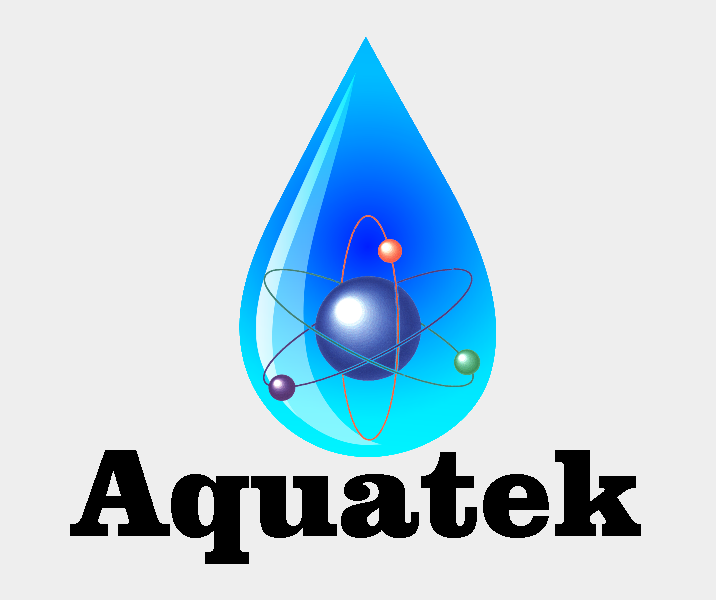A. This seems like a pretty straightforward question, but there are some interesting issues that come up in making a response.
First, the words "pure" and "natural" don't really mean the same thing. Pure water is a kind of theoretical concept, it means water that has nothing in it except H2O (hydrogen and oxygen). Absolutely pure water doesn't really exist in nature. Water, known as the "universal solvent," always contains traces of the substances with which it has been in contact. These may include gases such as carbon dioxide, nitrogen, and oxygen from the air, minerals such as calcium and silica from rocks, and organic matter such as weak organic acid from soil and vegetation. This is not bad. Most of these naturally occurring substances are harmless and, in some cases, beneficial. Most people think the taste of water is improved by moderately low concentrations of naturally occurring minerals, such as calcium carbonate. In the laboratory, with processes such as distillation, reverse osmosis, and de-ionization, we can remove almost all of these natural impurities from water and make it almost pure. Most people think such water has little taste. And when it comes to oxygen dissolved in water, fish and other organisms that live in water would not be able to live without this "impurity."
So, by "pure, natural" water, you probably mean natural, potable water that contains no contaminants introduced by humans, such as pesticides, pathogenic microbes, nitrates, metals, and other toxic chemicals. Notice the term "potable." Some natural waters contain too much of naturally occurring drinking-water contaminants--salt, arsenic, sulfur, or radon, for example--to be drinkable or good-tasting. Another common natural ground-water contaminant is iron. Iron is not harmful, but at high concentrations it stains laundry and plumbing fixtures. The best way to find uncontaminated natural potable water is to look for parts of the hydrologic cycle where water has been isolated from both these natural contaminants and from human influence. The oceans are out, because of the salt. So is the atmosphere, because moisture in clouds picks up traces of pollutants from the air. This also eliminates rain. Most rivers and most lakes are affected by impurities in rain and in the runoff that comes from the land surface. (It's interesting to note, however, that the water from a huge tropical river such as the Amazon has a fairly high level of purity, since most of the material that can be leached from the soils of its watershed have already been leached out. Likewise, the water in rivers and lakes in fairly pristine areas such as northern Canada is relatively pure.)
Getting back to the question, we're left with ground water and ice. Glacial ice that has been frozen and isolated for thousands of years is a good source of uncontaminated natural water, and some bottling companies take advantage of this fact. With ground water, the level of purity depends on the isolation. Shallow ground water, such as you might draw from a 100-foot deep domestic well, probably has been in the ground less than 50 years, and so might contain human-derived contaminants (not all shallow wells are contaminated, but most have at least trace amounts of some contaminants). The huge volume of ground water stored in deep aquifers, especially in deep aquifers protected by overlying impermeable layers, is a major source of uncontaminated natural water. This water may have been underground for more than 10,000 years. If this water has not been in contact with the naturally occurring contaminants mentioned above, it can be an excellent source of drinking water. Many water bottling companies make use of wells or springs that tap these aquifers. They can be found in many parts of the United States and in many foreign countries.
We have been describing a special case of safe water; that is, natural, potable water that has no trace of human-induced contaminants. Many other types of water can be considered safe for most users. If the concentrations of contaminants are so low that they are well below the levels shown to cause health problems, the water is considered safe, even though it is not pure or totally contaminant-free.
